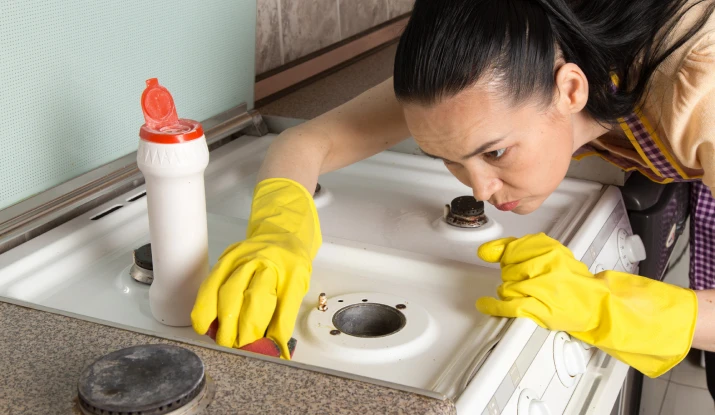Dampness in a home can be more than just a nuisance; it can lead to severe structural and health problems. When moisture accumulates in walls and surfaces, it creates an environment that fosters mold growth and deterioration. Understanding the nature of dampness and how to combat it is essential for maintaining a safe and comfortable living space.
This blog discusses wall dampness, its causes, and effective prevention strategies. By taking proactive measures, you can protect your home and family from dampness’s worst effects, ensuring a healthy and pleasant living environment.
What is Wall Dampness?
Wall dampness refers to excess moisture and wetness in a building’s walls, often leading to visible spots, mold growth, and peeling paint. Interestingly, dampness can originate from various sources, including water penetration, condensation, and rising dampness.
Moreover, studies show that more than 15% of homes in the USA experience some form of dampness, making it a common concern for homeowners.
Dampness can manifest in various ways, such as discoloration on walls, a musty smell, or a feeling of coldness. Identifying these signs early is essential to prevent more severe issues.
Causes of Wall Dampness
Dampness in walls can arise from various reasons, often linked to moisture infiltration and poor home maintenance. One of the primary culprits is inadequate drainage, which can lead to water pooling around the foundation and seeping into walls.
Additionally, structural issues like cracks in the wall or foundation can allow water to penetrate. Poor ventilation is another major factor; without adequate airflow, humidity builds up, especially in moisture-heavy areas such as kitchens and bathrooms. Plumbing leaks can also contribute significantly, as unnoticed drips over time can saturate walls.
The following are familiar sources of dampness in buildings:
- Poor drainage around the property leads to water accumulation.
- Cracks or gaps in walls that allow water infiltration.
- Inadequate ventilation that traps moisture inside
- Plumbing leaks that go unnoticed over time
- High humidity levels, especially in bathrooms and kitchens
- Rising damp from the ground through porous materials
- Roof leaks that permit rainwater to enter the walls
In many homes, condensation is the primary source of dampness, especially in the kitchen, bathroom, and bedroom areas. It happens when cold surfaces and warm, humid air come into contact, producing water to be deposited on the surface.
Practical Strategies to Prevent Dampness
There are several ways to stop condensation before it becomes a significant problem for your house and health. Let’s look at some practical strategies to prevent dampness.
Ensure Proper Ventilation
This means good airflow is necessary to discourage or minimise humidity. Ventilate spaces frequently by opening windows and using exhaust fans, especially in moist areas such as kitchens and bathrooms. If natural ventilation cannot be provided, then you should install vents.
Regularly Inspect Roof and Gutters
Maintenance of your roof and proper checkups of your gutters can prevent roof leaks. Secure the drainage system by clearing accumulated debris on gutters and downspouts so water will drain away from the house.
Maintain Drainage Systems
Ensure that the home’s drainage systems are correctly working. Collect non-freezing water from your property and look for obstructions so that water will not accumulate near your home’s foundation.
Use Damp-Proof Paint
Damp-proof paint is also well known and can be used to provide a secondary layer of protection against moisture. This specialised paint forms a waterproofing layer on the walls, preventing dampness from penetrating and keeping the walls clean.
Address Plumbing Issues Promptly
Leaks can quickly escalate into damp, severe problems. Regularly check plumbing fixtures and pipes for signs of leaks and repair them immediately to prevent water from seeping into walls.
Conclusion
Dampness in walls can pose significant risks to your home’s structure and your family’s health. You can create a healthy environment by addressing what causes dampness and employing prevention strategies. Regular maintenance, proper ventilation, and prompt attention to leaks are essential to keeping you warm and comfortable.
Address Damp issues before they get worse – let our team handle the cleanup and restoration



